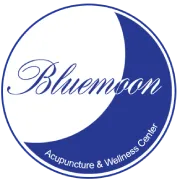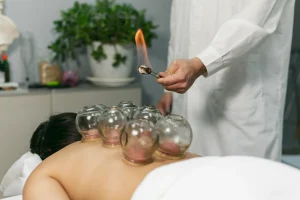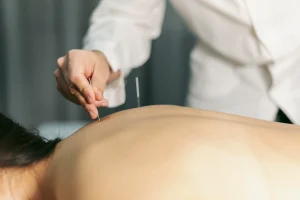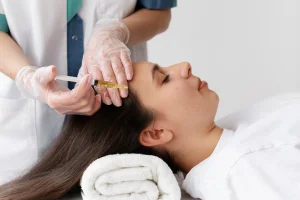Knee tendonitis may produce a burning feeling that is one with every step, squat, and twist. Whether it’s overuse, sports injury, or just an off-the-job injury, it’s not just pain; it’s a huge disruption.
While rest and physical therapy keep the pain at bay, more and more people seek acupuncture for tendonitis in knee as a long-term measure that treats both pain and healing from a multipronged approach.
What Actually Happens with Knee Tendonitis?
Tendonitis is the inflammation of the tendons—those tough cords that attach muscle to bone. In the knee, it often affects the patellar tendon, which connects the kneecap to the shinbone. This condition usually affects runners, jumpers, and people who kneel or lift during work. What symptoms are usually:
- A dull ache during movement
- Sharp pain during physical exertion
- Swelling and stiffness
- Sensitivity around the kneecap
Anti-inflammatories may reduce swelling for a short while, but most often fail to really resolve the problem.
Why Acupuncture Is Being Considered More Often
While standard treatments run at the surface symptom level, acupuncture stimulates the internal healing mechanisms of the body. It works by improving blood circulation, reducing inflammation, or enhancing neuromuscular coordination.
When acupuncture needles are inserted along the meridians in the human body (energy pathways), endorphins are secreted, and the blood supply to the affected tendon is increased. This can then be done for a couple of sessions to soothe acute irritations or to hasten tissue repair.
List of benefits:
- Reducing knee pain without medication
- Increasing range of movement and flexibility
- Reduced swelling after repeated sessions
- Less chance of injury
Beyond the Surface: Measuring Imbalances
Before something becomes deeply entrenched, an effective treatment often includes the early identification of imbalances. Here is where pulse diagnosis stands in. Used by expert acupuncturists, it checks for interruptions in fundamental energy flows that are responsible for inflammation and weakness.
By feeling the pulse in different positions and depths, practitioners gain insight into organ function, circulation, and where energy may be blocked or stagnant. It allows treatment to be tailored—not just to the knee, but to the full system that supports healing.
Restoring Function, One Needle at a Time
Once the root imbalances have been identified, acupuncture becomes somewhat more precise, targeting not only the knee itself but also the supporting muscles and organ systems. In essence, this holistic approach enhances the overall vitality that consequently makes these enhancements last.
Many people who undergo treatment report not just physical relief but better sleep, less anxiety, and improved energy levels—factors that indirectly support the healing process as well.
Why Localised Care Matters
Healing is more than the method; it is about the person facilitating the healing process. Persons seeking acupuncture in Tucson can benefit from practitioners specialising in Western orthopedic diagnosis and traditional Chinese healing.
A Smarter Way to Heal
At Bluemoon Acupuncture and Wellness Center, we view healing as an act of teaching the body how to recover, remain resilient, and thrive; it is never simply about pain relief. An integrative approach that amalgamates ancient wisdom with modern insight enables us to treat tendonitis at its root.
Don’t let knee pains become your life story. Come make the first balanced steps to healing with Bluemoon Acupuncture and Wellness Center.







